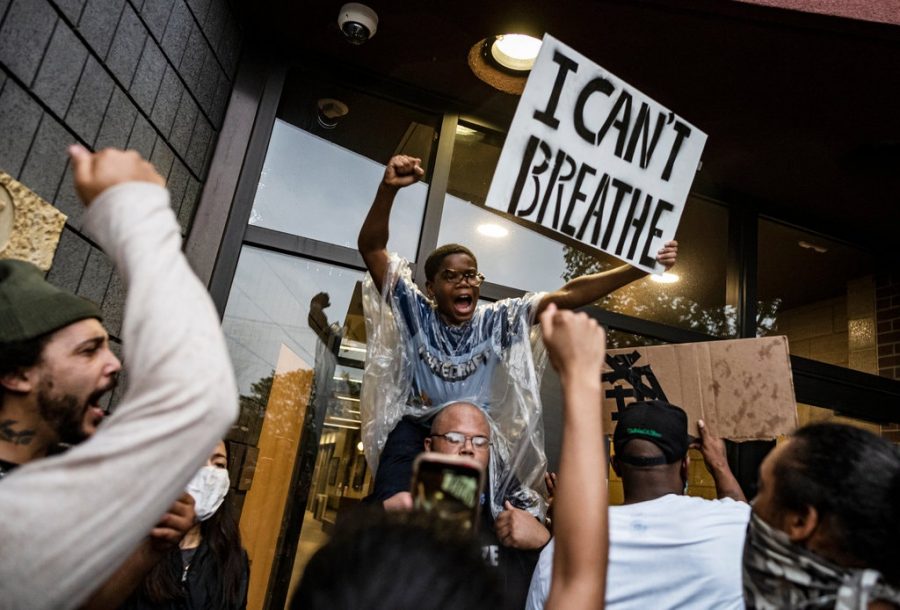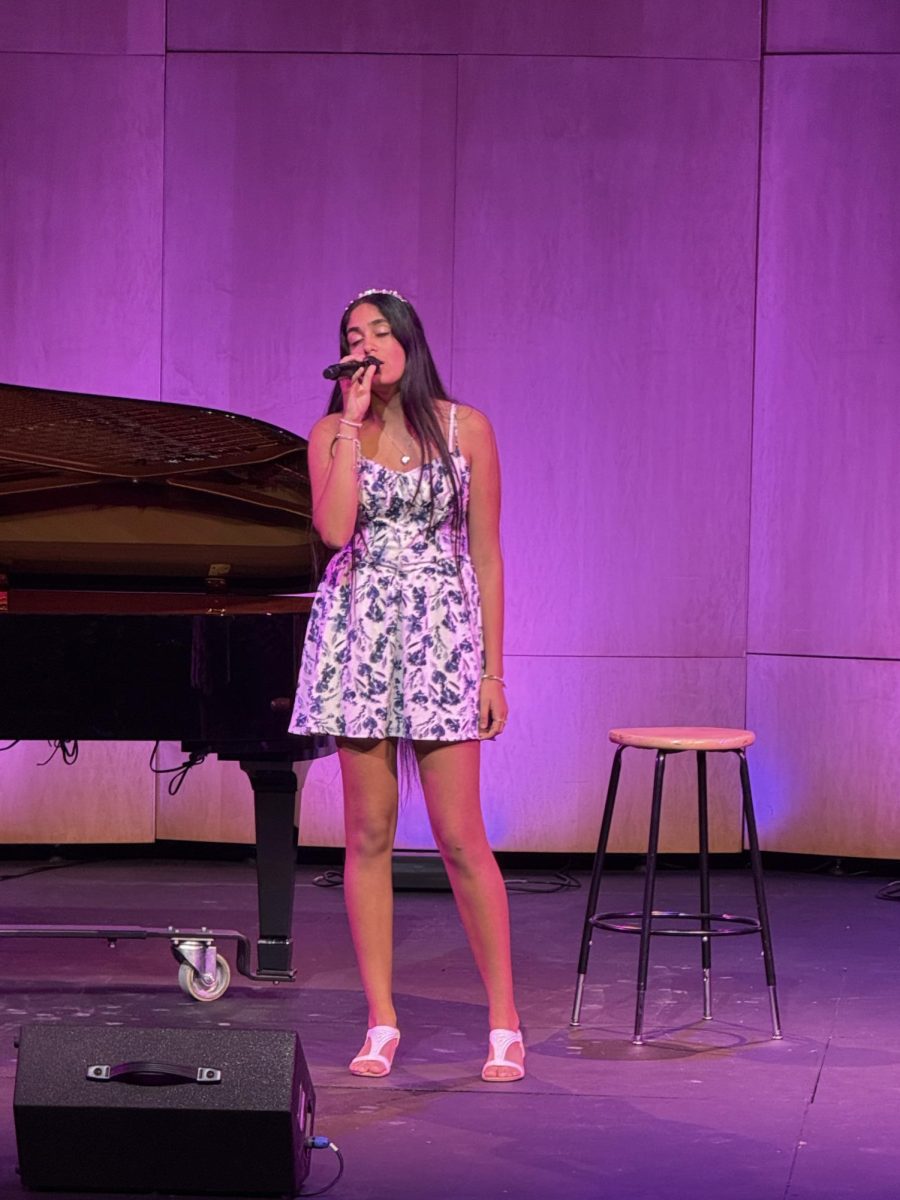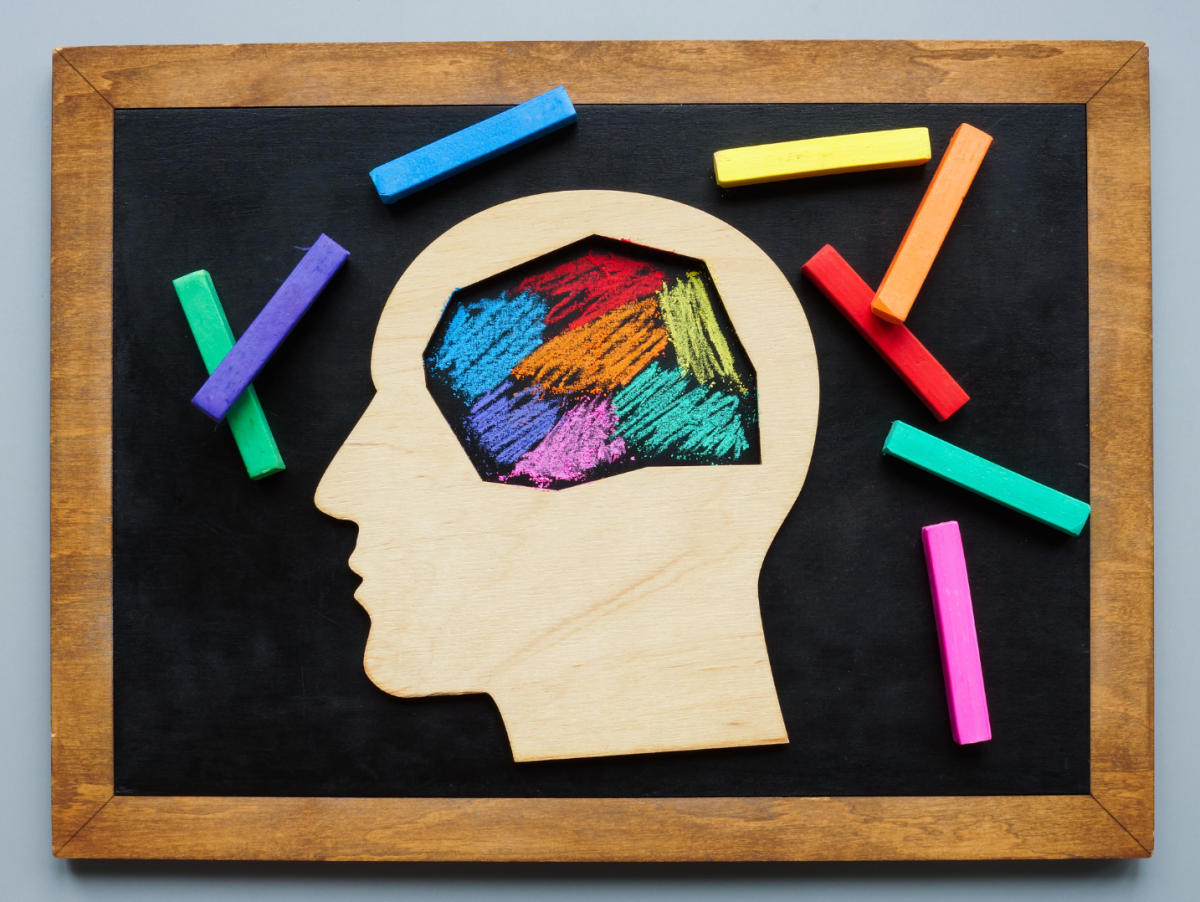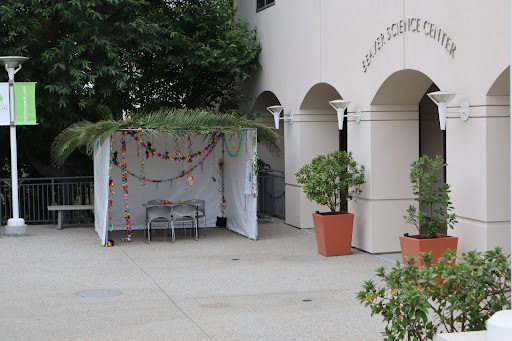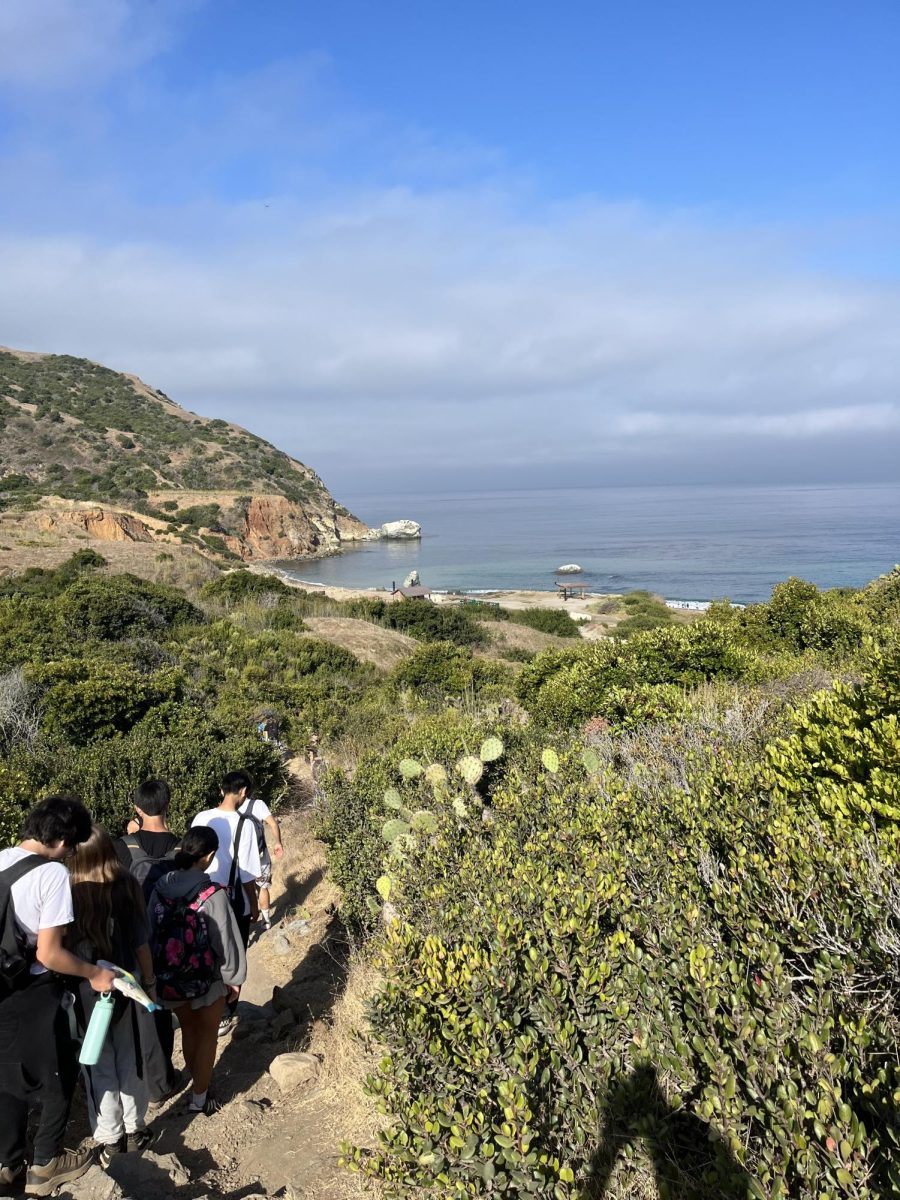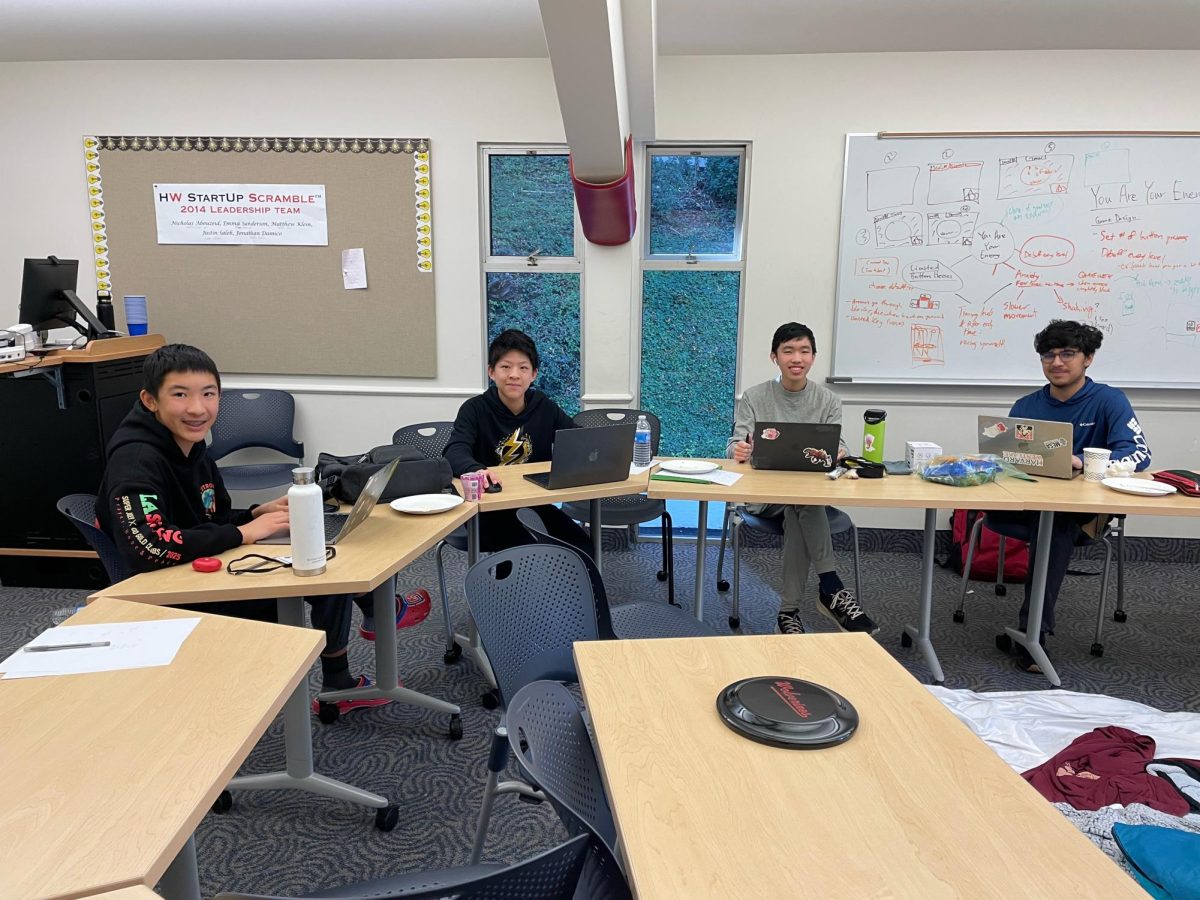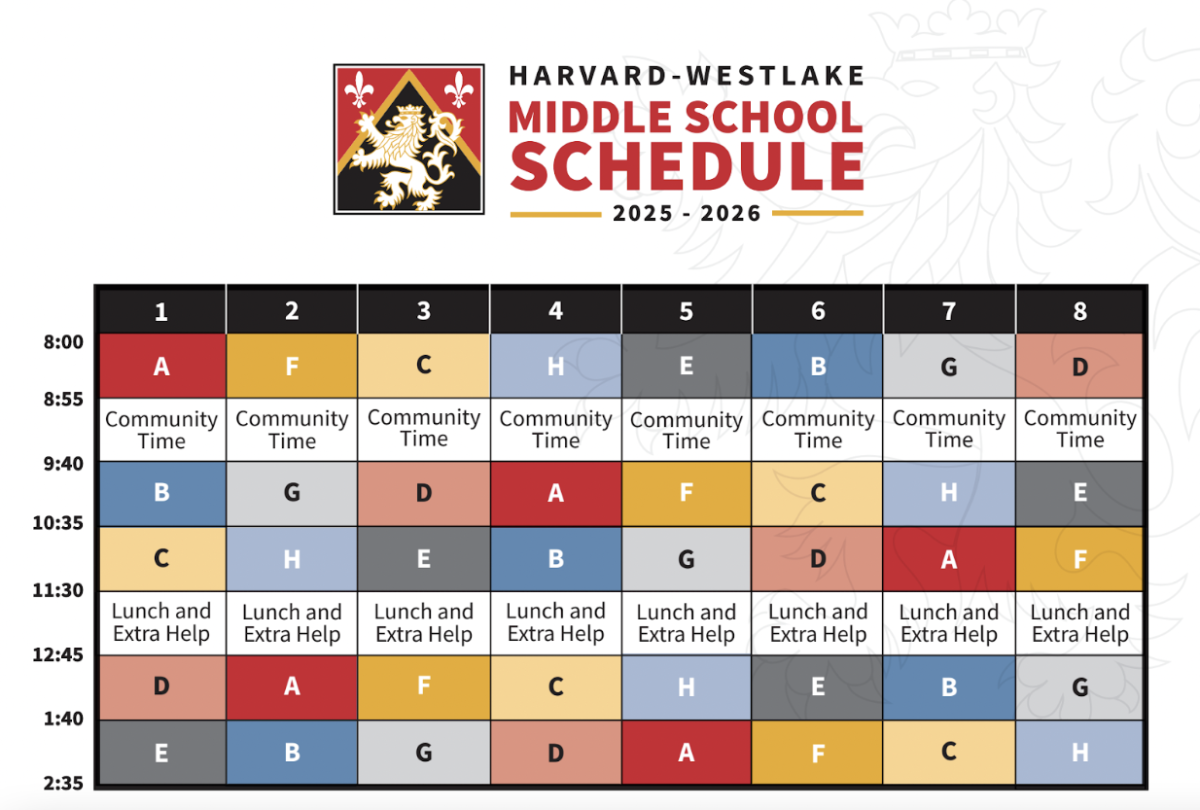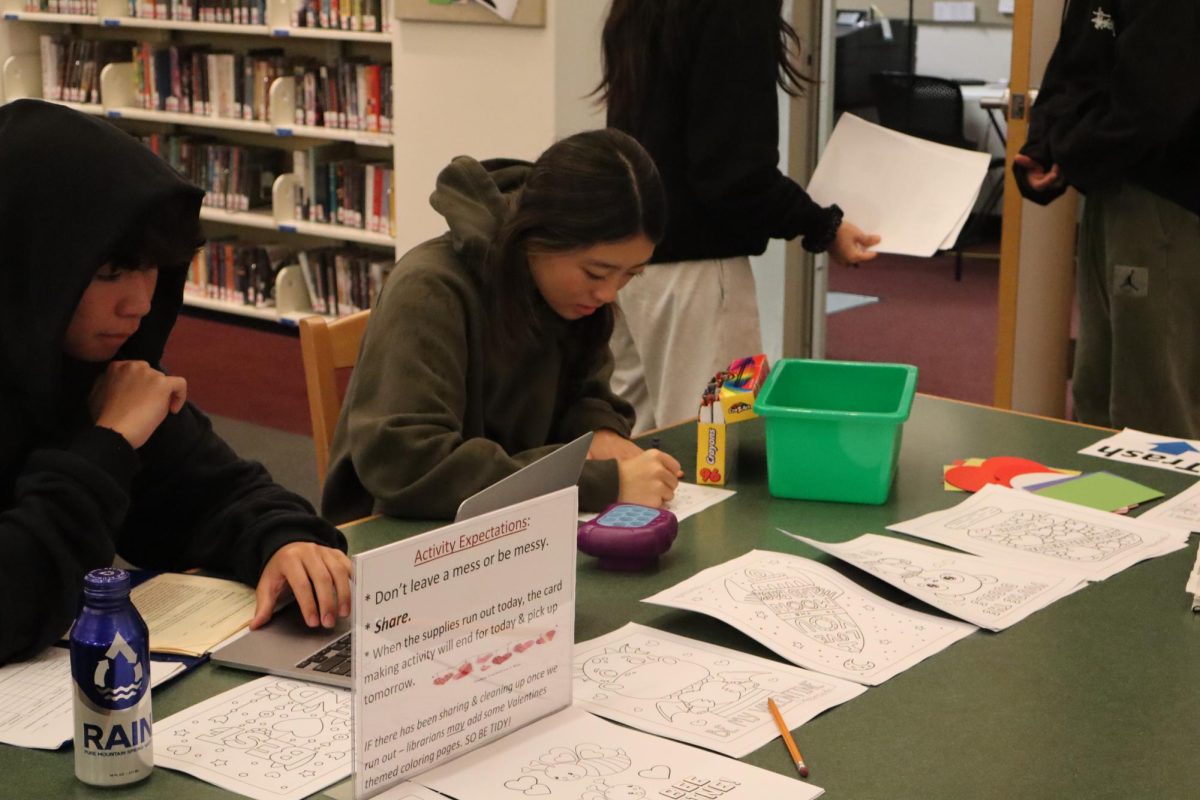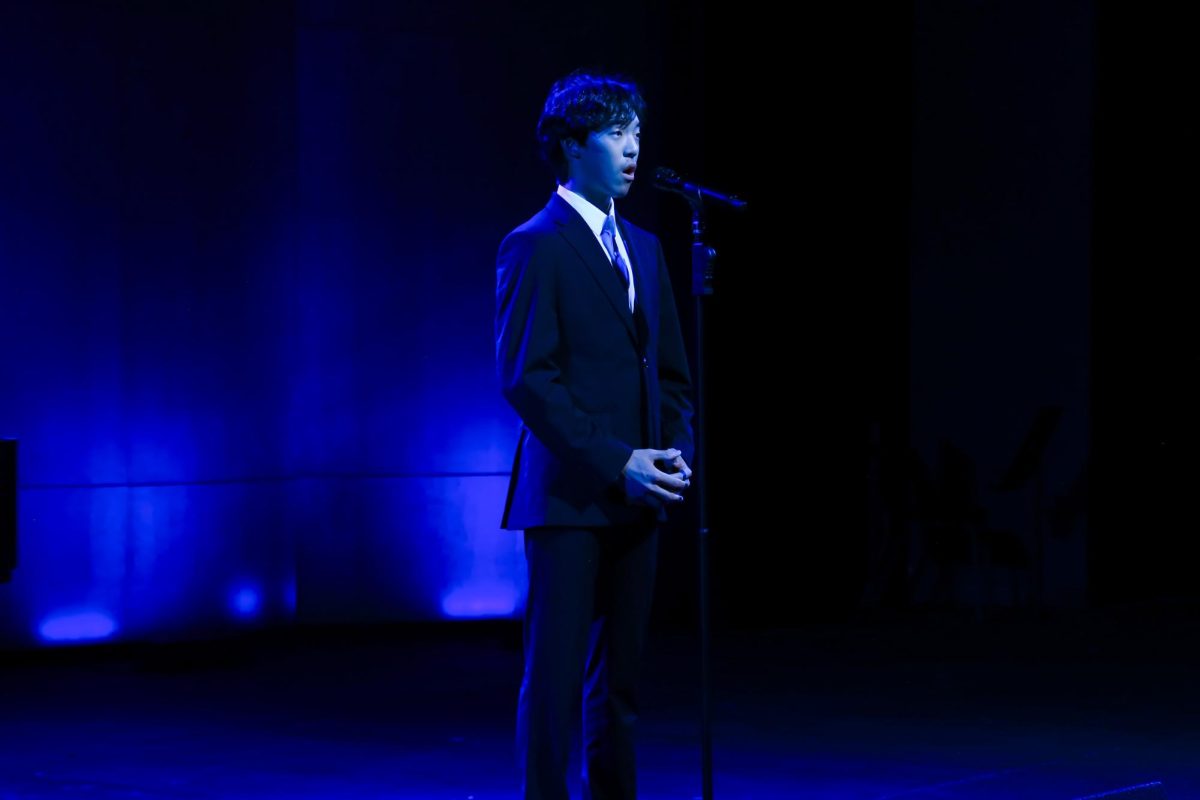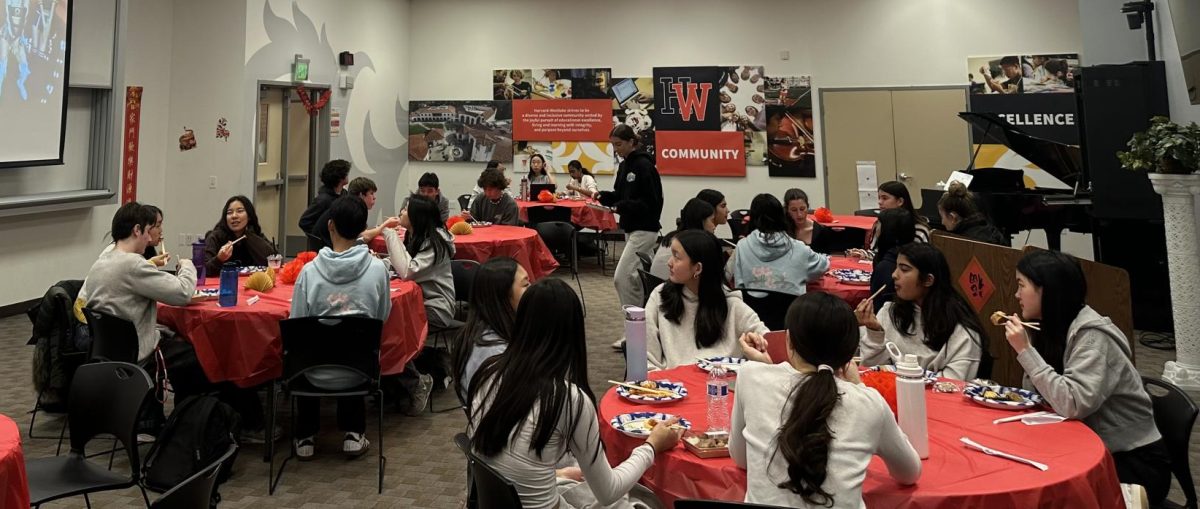For nearly five months after George Floyd’s killing, marches across the nation have supported the Black Lives Matter movement. According to the official Black Lives Matter website, their mission is to, “Eradicate white supremacy and build local power to intervene in violence inflicted on Black communities by the state and vigilantes. By combating and countering acts of violence, creating space for Black imagination and innovation, and centering Black joy, we are winning immediate improvements in our lives.”
Recent marches in Portland are moving to residential and predominantly white populated neighborhoods. Demonstrators carry bullhorns as they shout for people to come, “out of your house and into the street,” to help support the cause.
As these protests increase, ordinary people are being targeted. Aggressive protestors target ordinary people going about their daily lives. Specifically, those who refuse to demonstrate support for the cause. For example, a diner in Washington refused to raise their fist to show support for the Black Lives Matter Movement. Additionally, confused drivers who happened upon the protests in several cities were also victimized, according to the New York Times. The supporters who have walked in these demonstrations of Black Lives Matter, are frustrated that little has changed since the death of George Floyd.
Harvard Westlake’s Diversity of Inclusion Director, Janine Jones, stated her frustration regarding the situation of racial injustice. “The issue is really the pattern …with respect to police brutality, when we are looking at the treatment of African American people and the interaction with African American people”, said Jones. “and why we are continually in this situation where we’re talking about the death of a black person at the hands of police, versus a situation where that person actually survives encounter.”
Floyd, a 46 year-old man, was arrested and killed by Minneapolis Police on May 25. An Arabian-American convenience store employee called 911 and reported to the police about George Floyd’s use of a counterfeit $20 bill. Seventeen minutes after the call, George Floyd was pinned against the ground, eventually dying from asphyxiation.
Videos from both security cameras and bystanders became public leading to George Floyd’s death. The four police officers, Derek Chauvin, J Alexander Kueng, Thomas Lane and Tou Thao, violated who responded to the call the policies of the Minneapolis Police Department leading to their dischargement the following day.
On May 29, Hennepin County attorney, Mike Freeman, announced a third degree murder and second degree manslaughter charge against Derek Chauvin, the white policeman kneeling on Mr. Floyd’s neck for eight minutes and 46 seconds, according to the New York Times analysis of timestamped video.
Hennepin County prosecutors charged Chauvin and the three former officers with second degree murder on June 3. Thomas Lan J., Alexander Kueng and Tou Thao were charged for abiding and assisting in second-degree murder.
“It pains me when people want to examine George Floyd or Eric Garner, or Michael Brown in terms of what crime they may or may not have committed. But it’s that we are this narrative that the police get to be judge, jury and executioner in that interaction, rather than following the criminal justice system, and the laws that we have in place for the police to be law enforcement, but not the people who get to also assess whether or not a crime has been committed.” added Jones.
The nearly nine minute video of Floyd suffering, unable to breath, sparked protests in Minneapolis and other cities in response to George Floyd’s death. There were protests in 140 cities across America, with at least 21 states supported by the National Guard. Tens of thousands of protests quickly escalated into nights of chaos, reports of shooting, looting and even vandalism in some cities.
Here is a timeline of what has happened so far, according to the New York Times:
May 26: Protests in Minneapolis begin, and the police use tear gas to break them up.
May 27: Protests erupt in cities across the U.S., including Memphis and Los Angeles.
May 28: The National Guard is mobilized in Minnesota.
May 29: Former officer is arrested and charged in Mr. Floyd’s death.
President Trump’s ‘looting’ and ‘shooting’ message raises tensions.
Protests in Atlanta and New York bring destruction.
May 30: Minneapolis Mayor says peaceful protests have turned to ‘domestic terrorism.’
May 31: Protests fill city streets again, and mayors order curfews.
June 1: George Floyd’s brother visits the site where he died.
Two autopsies rule Mr. Floyd’s death a homicide.
Trump threatens to deploy the military.
June 2: Protesters gather where Mr. Floyd died.
June 3: New charges are filed in Mr. Floyd’s death.
June 4: Buffalo officers are suspended after shoving a protester.
June 6: Two Buffalo police officers are charged with assault.
One solution to fix the situation includes several proposals to defund the police. Activists proposed a dozen police reforms to the Allegheny County and Pittsburgh officials on June 9.
The group who call themselves the Allegheny County Black Activist/Organizer Collective consist of several black-led organizations and have the support of the Allegheny County Councilwoman and State Representative.
“We are echoing the national call to defund the police, to support the communities and to hold officers accountable by taking them out of our schools, taking them out of our communities and supporting community initiatives,” Miracle Jones of 1Hood Media, a Pittsburgh-based black artist and activist collective, stated as she spoke to members of the media at the City-County Building in Downtown Pittsburgh, according to TribLive.
Pittsburgh Mayor Bill Peduto announced a community police reform task force on June 17, which will review policing in Pittsburgh and will take place in the fall. In a bill introduced on June 9 in the Pittsburgh City Council, the city would proceed a police hiring freeze and redirect $250,000 of the police budget in reducing crime and violence.
One of Councilman Ricky Burgess’s bills were approved which stated a reform was desperately needed in Pittsburgh. Pittsburgh, countlessly described as one of the “most racist” cities in the U.S, has been given its title through unfair job opportunities, healthcare and educational levels, according to a report done by Publicsource.
Many black activists continued to follow steps in proposing a solution brutality in June. The Allegheny County black Activist/Organizer Collective involves many organizations in hopes of fighting for racial justice. These activists demanded several police reforms were needed to proceed immediately by the Allegheny County and Pittsburgh officials.
On June 12, Iowa Gov. Kim Reynolds signed a new bill restricting police chokeholds and the bill prevents officers fired for misconduct to be hired in the same state. New York Gov. Andrew Cuomo also signed a reform into the law which shields police disciplinary records from public scrutiny.
The New York City Council, as of July 1, passed a $1 billion shift from the police department to assist programs involving youth and community. This cut would represent a sixth of the New York Police Department budget of $6 billion.
Kansas state Rep. Rui Xu proposed a resolution, on June 3, criticizing police brutality, racism and the overuse of excessive and militarized force. But it quickly died the following day when the legislature halted its special session.
Xu said he nev
er truly expected to get his criminal justice bill passed in the state’s Republican-led House and Senate.
“I just wanted to show, at the very least, the people of color in Kansas there are legislative people in power who wanted to do something about this. A resolution doesn’t have the force of law, but we do have ideas,” Xu said, according to CNN News.
Many states have yet to proceed with their bills but, due to Goerge Floyd’s death, thousands of protesters gathered around the world along with an immense surge of state-level bills proposed. This shows the evolution in our discussions with policing all from George Floyd’s death.
History of Timeline of Police Brutality Protests:
Los Angeles, California
Rodney King (25 years old – died 20 years later) – March 3, 1991
New York, New York
Amadou Diallo (23 years old) – Feb. 4, 1999
New York, New York
Sean Bell (23 years old) – Nov. 25, 2006
St. Louis, Missouri
Anthony Lamar Smith (24 years old) – Dec. 20, 2011
New York, New York
Eric Garner (43 years old) – July 17, 2014
Ferguson, Missouri
Micheal Brown (18 years old) – Aug. 9, 2014
Baltimore, Maryland
Freddie Gray (25 years old) – April 12, 2015
Baton Rouge, Louisiana
Alton Sterling (37 years old) – July 5, 2016
St. Paul, Minnesota
Philando Castile (32 years old) – July 6, 2016
Minneapolis, Minnesota
George Floyd (46 year old) – May 25, 2020
Louisville, Kentucky
Breonna Taylor (26 year old) – March 13, 2020
Glynn County, Georgia
Ahaud Arbery (25 year old) – Feb. 23, 2020
